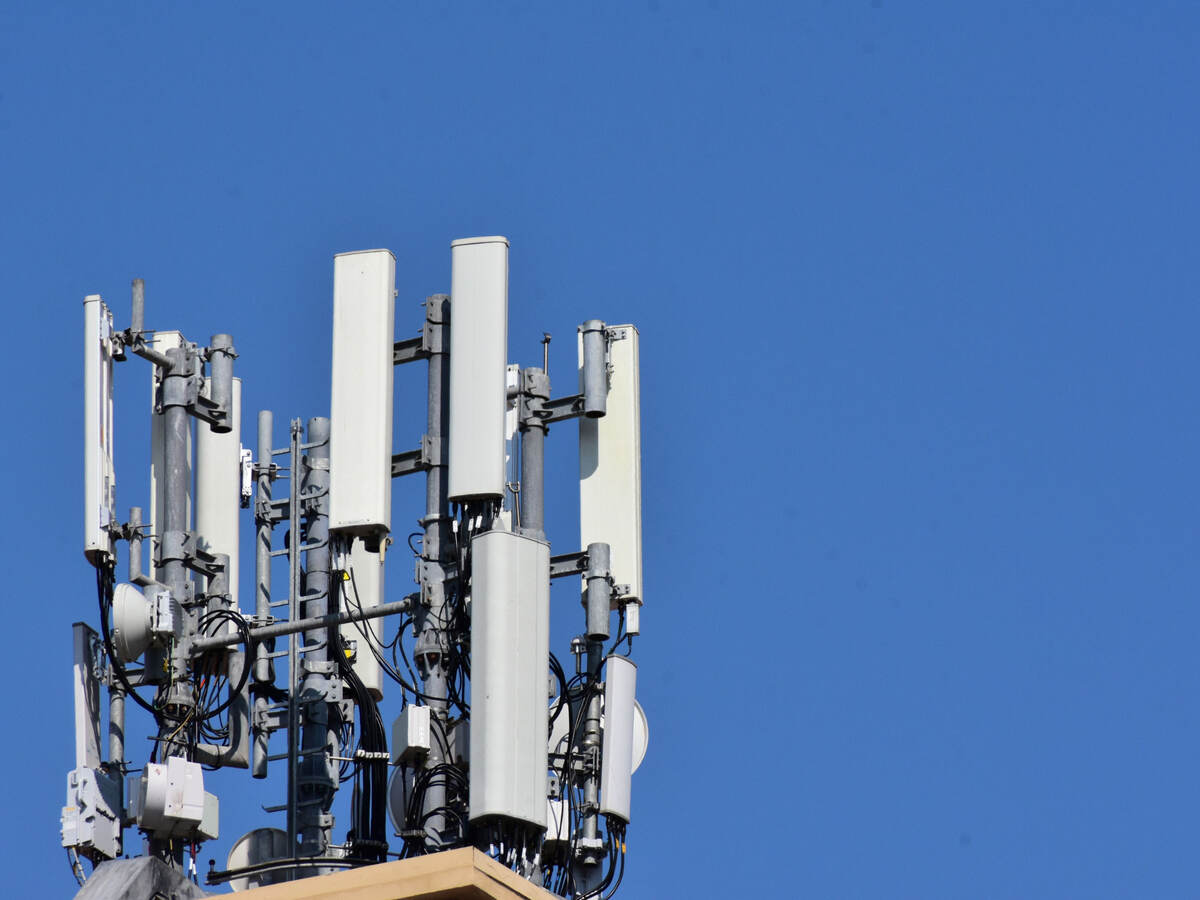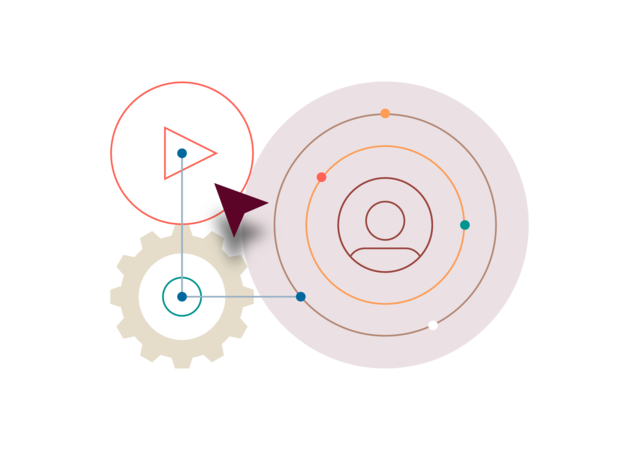In our increasingly connected world, wireless technology and radio frequency (RF) signals have become ubiquitous. Rooftops are no exception, serving as prime locations for various RF-emitting devices such as cell towers, satellite dishes and wireless networking equipment. While these devices enable communication and connectivity, it is crucial to prioritize safety, both for workers and the general public. As you read through these guidelines, reflect on your own site(s) and what safety considerations you have or have not implemented.
Understanding RF
Radio frequency refers to the electromagnetic waves with frequencies ranging from 100 kHz to 300 GHz. These waves are used for wireless communication, including cellular networks, Wi-Fi, radio and television broadcasting, and satellite communication. When RF energy interacts with living organisms, it can produce both thermal (heating) and nonthermal effects, such as biological changes at the cellular level.
Safety considerations on rooftops
Compliance with regulations
The first step in reviewing RF safety on rooftops is adhering to local, national and international regulations and guidelines. These regulations set limits on exposure to RF radiation to protect both workers and the general public. Familiarize yourself with these regulations and confirm that your rooftop installations comply.
RF risk assessment
Before installing RF-emitting equipment on a rooftop, conduct a thorough RF risk assessment. This includes calculating anticipated RF levels from the equipment at various points on the rooftop to determine potential exposure risks. Professional RF engineers and experts can help with this assessment.
Warning signs and access control
Use warning signs to clearly mark areas with high RF exposure levels. Restrict access to these areas to authorized personnel only. Make sure that employees and contractors are aware of the potential RF hazards and have appropriate training.
Equipment maintenance
Regularly inspect and maintain the RF-emitting equipment to confirm that it is functioning correctly. Faulty equipment can emit higher levels of RF radiation than intended.
Monitoring and surveillance
Consider installing RF monitoring systems that continuously measure and record RF levels on the rooftop. This allows for real-time monitoring so you can be certain that RF exposure remains within safe limits. Another option is to periodically evaluate RF levels with an appropriate meter. Professionals can assist with this type of exposure assessment.
Emergency procedures
Develop and communicate to personnel clear emergency procedures in case of RF-related accidents or exposure. Train all affected personnel in these procedures.
RF awareness training
Provide comprehensive RF safety training for all employees and contractors working on rooftops. Training needs to cover the risks associated with RF radiation, safe work practices and emergency procedures.
Regular safety audits
Conduct routine safety audits to assess the effectiveness of implemented safety measures and identify areas for improvement. These audits provide an opportunity to address any potential safety concerns before they escalate.
RF safety on rooftops is of utmost importance to protect the health and well-being of both workers and the public. By adhering to regulations, conducting thorough assessments, implementing access controls and regularly monitoring RF levels, rooftop installations can operate more safely and effectively. Prioritizing RF safety in our increasingly connected world remains a priority in order to avoid compromising health and safety.
How UL Solutions can help
The UL Solutions Environmental Health and Safety (EHS) Advisory Services team can help your organization assess appropriate workplace safety practices and programs associated with RF and many other hazards. Visit our EHS Advisory Services page to learn more.
Get connected with our sales team
Thanks for your interest in our products and services. Let's collect some information so we can connect you with the right person.





